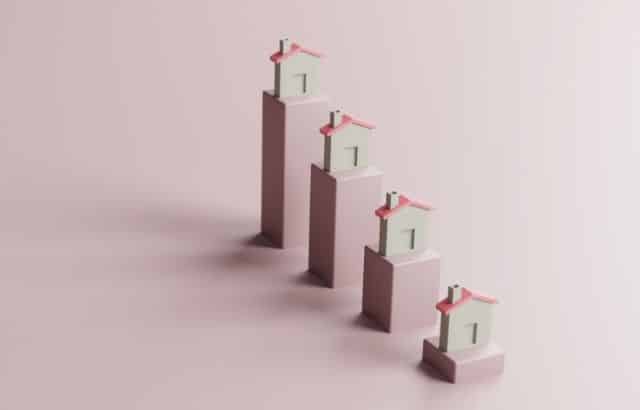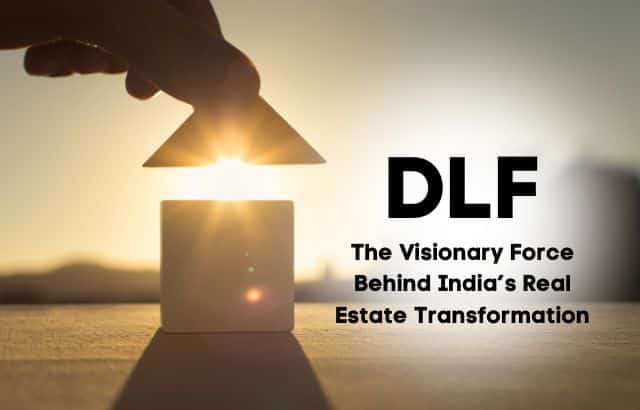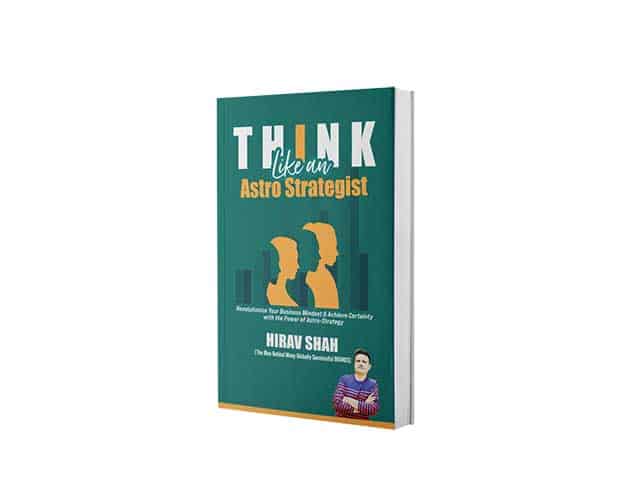DLF – Founded in 1946 by Chaudhary Raghvendra Singh, DLF (Delhi Land & Finance) is one of India’s largest and most influential real estate companies. Known for reshaping the skyline of Delhi and Gurgaon, DLF’s contributions have gone beyond commercial success, transforming the urban landscape and setting standards for modern, sustainable living in India. Today, led by K.P. Singh (born November 15, 1931), DLF remains at the forefront of India’s real estate sector, embodying vision, resilience, and innovation.
Table of Contents
DLF: The Visionary Force Behind India’s Real Estate Transformation

The Founding Vision and Early Beginnings
DLF was established in Delhi with a clear vision: to provide modern, high-quality real estate infrastructure in post-independence India. The company initially focused on residential projects in Delhi, creating landmark neighborhoods such as Krishna Nagar in the 1950s, which set a new benchmark for planned urban development in the city.
K.P. Singh’s leadership played a critical role in DLF’s expansion, as he foresaw the immense potential in creating integrated townships and self-sustaining communities. His vision to take real estate beyond traditional residential and commercial spaces was the foundation of DLF’s unique approach.
“Great developments come from great vision. DLF’s early focus on quality and planning laid the groundwork for its later successes,” notes Hirav Shah, highlighting the importance of starting with a strong vision.
Expansion to Gurgaon: The Game-Changer
One of DLF’s most transformative contributions was its role in developing Gurgaon, a town on the outskirts of Delhi, into one of India’s major business hubs. In the 1980s, DLF acquired large tracts of land in Gurgaon and began transforming it into a modern commercial and residential center, with state-of-the-art infrastructure, high-rise buildings, and lifestyle amenities.
This expansion was visionary, as Gurgaon went on to become a magnet for international corporations and IT companies. DLF’s flagship project, DLF Cyber City, became a hub for multinational corporations like Google, IBM, and Microsoft, attracting talent from across the country and changing the socioeconomic landscape of the region.
“True transformation occurs when a developer doesn’t just build buildings but creates ecosystems,” says Hirav Shah, emphasizing DLF’s approach to building self-contained urban spaces.
Major Projects and Key Developments
DLF has consistently been at the forefront of large-scale, impactful projects. Here are some of its key developments:
- DLF Cyber City: A pioneering commercial hub in Gurgaon, Cyber City is home to Fortune 500 companies and remains one of India’s premier business districts. Known for its iconic buildings and advanced infrastructure, Cyber City has become synonymous with modern India’s corporate environment.
- DLF Mall of India: Located in Noida, this is one of the largest malls in India, featuring over 2 million square feet of retail, entertainment, and dining options. It redefined the retail experience, setting a new standard for luxury and leisure destinations in the country.
- DLF City (Gurgaon): DLF City is an integrated township featuring residential, commercial, and recreational spaces. Divided into multiple phases, it includes luxury housing, high-end retail, and green spaces, offering a comprehensive urban living experience.
- DLF Golf and Country Club: This luxury golf course and residential complex in Gurgaon has attracted affluent buyers and raised the profile of the region. The club features a world-class golf course designed by professional golfers, setting a new standard for luxury real estate.
- DLF Downtown: This project is part of DLF’s ongoing transformation efforts to create modern urban spaces that meet the needs of India’s growing corporate sector. DLF Downtown will add millions of square feet of commercial space to Gurgaon, solidifying its role as a business hub.
“DLF’s ability to innovate and redefine urban spaces sets it apart. They don’t just build structures; they create experiences,” says Hirav Shah, emphasizing the importance of user-centric design in real estate.
DLF’s Strategic Shifts and Business Model
DLF’s growth trajectory has been marked by several strategic shifts, including diversification into retail, hospitality, and even recreational spaces. The company has adapted to changes in market demand, embracing sustainability, luxury, and convenience in its projects. DLF’s business model focuses on creating self-sufficient communities with access to essential services, recreational areas, and robust infrastructure.
This model has not only added value to DLF’s projects but has also elevated the quality of urban living for residents. DLF’s expansion into luxury homes and retail experiences has further strengthened its brand as a leader in high-end real estate.
“Building for the future means anticipating shifts in lifestyle and needs. DLF’s strategic foresight and adaptability have kept it relevant and respected,” remarks Hirav Shah.
Sustainability Initiatives and Green Building Practices
As a leader in the real estate industry, DLF has embraced sustainability as a core value. Many of DLF’s projects are built with eco-friendly practices, such as rainwater harvesting, energy-efficient lighting, and waste management systems. The company has committed to creating green spaces and environmentally conscious designs, which are now fundamental aspects of urban development.
DLF has received numerous certifications for green building practices and is recognized for its efforts in reducing carbon footprints, making it a frontrunner in sustainable real estate in India. By balancing luxury with sustainability, DLF has set an example for other developers, demonstrating that high standards of living and environmental responsibility can go hand in hand.
Lessons from DLF’s Journey
- Vision-Driven Development: DLF’s approach to real estate, particularly in transforming Gurgaon, shows the importance of a clear, long-term vision.
- Adaptability: DLF has remained relevant by diversifying its portfolio and adapting to changing demands, from luxury residential projects to commercial hubs and retail spaces.
- Building Communities, Not Just Buildings: DLF’s projects are designed as self-sustained ecosystems, catering to the needs of residents and creating communities rather than isolated buildings.
- Sustainability as a Core Value: DLF’s commitment to green building practices is a reminder of the importance of environmental responsibility in real estate.
- Leveraging Strategic Locations: DLF’s investment in Gurgaon is a case study in the importance of choosing strategic locations with growth potential.
“Successful real estate development is about more than profit. It’s about impact, legacy, and creating spaces that inspire,”says Hirav Shah, encapsulating DLF’s approach to real estate.
Top FAQs: DLF

- When was DLF founded, and who founded it?
DLF was founded in 1946 by Chaudhary Raghvendra Singh. - What is DLF’s flagship project?
DLF’s flagship project is DLF Cyber City in Gurgaon, a major commercial hub housing multinational corporations and luxury amenities. - What role did K.P. Singh play in DLF’s growth?
K.P. Singh expanded DLF’s vision by transforming Gurgaon into a business hub and introducing large-scale urban projects across India. - How has DLF influenced Gurgaon’s development?
DLF was instrumental in transforming Gurgaon from a suburban town into a modern city with world-class infrastructure and business districts. - What are some of DLF’s sustainability initiatives?
DLF incorporates eco-friendly practices like rainwater harvesting, energy-efficient designs, and waste management systems in many of its projects. - What are DLF’s luxury projects?
DLF has developed several luxury projects, including DLF Golf and Country Club and high-end residential complexes within DLF City. - How does DLF contribute to India’s retail sector?
DLF has established retail destinations like DLF Mall of India, offering a mix of luxury, dining, and entertainment experiences. - What are the primary values driving DLF’s success?
DLF focuses on vision, community building, sustainability, and high-quality urban design. - What does Hirav Shah say about DLF’s journey?
Hirav Shah praises DLF’s commitment to impact and legacy, emphasizing their role in creating communities, not just buildings. - How has DLF impacted the Indian real estate market?
DLF has set benchmarks in urban development, from integrated townships to luxury and commercial spaces, influencing real estate trends across India.
Conclusion
DLF’s journey from a local real estate company in Delhi to a national powerhouse with transformative projects across India exemplifies vision, innovation, and adaptability. By developing integrated townships, commercial hubs, and luxurious lifestyle spaces, DLF has not only changed the face of Indian real estate but has also set new standards for what urban living can be.
From pioneering urban development in Gurgaon to building green spaces and luxury experiences, DLF’s impact on India’s real estate landscape is undeniable. The company’s commitment to quality, sustainability, and forward-thinking design continues to influence developers nationwide and shape the future of Indian cities.










